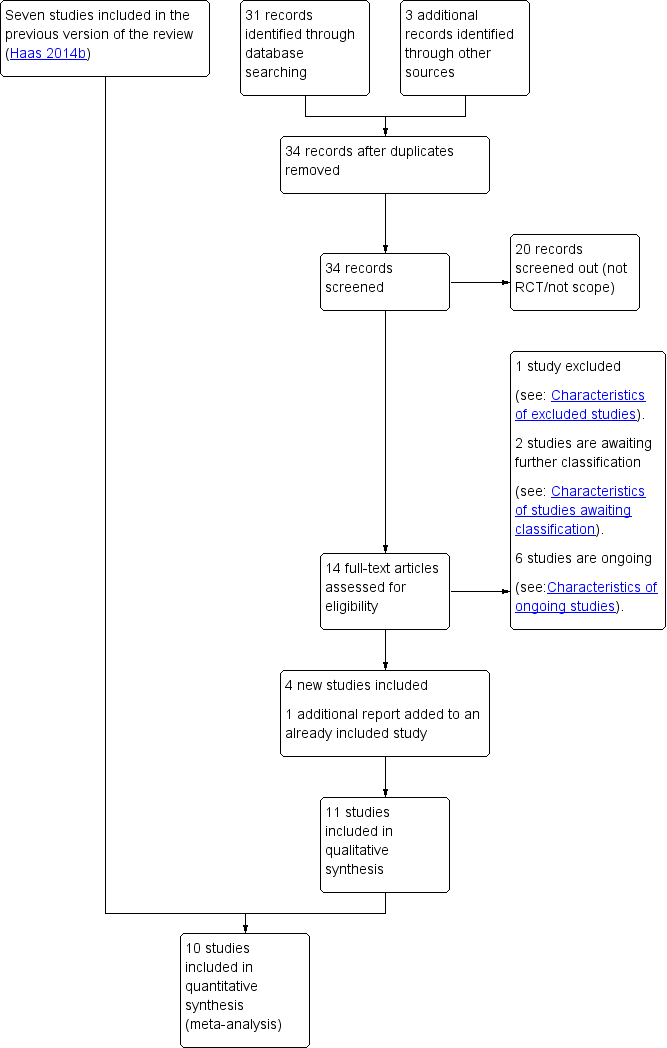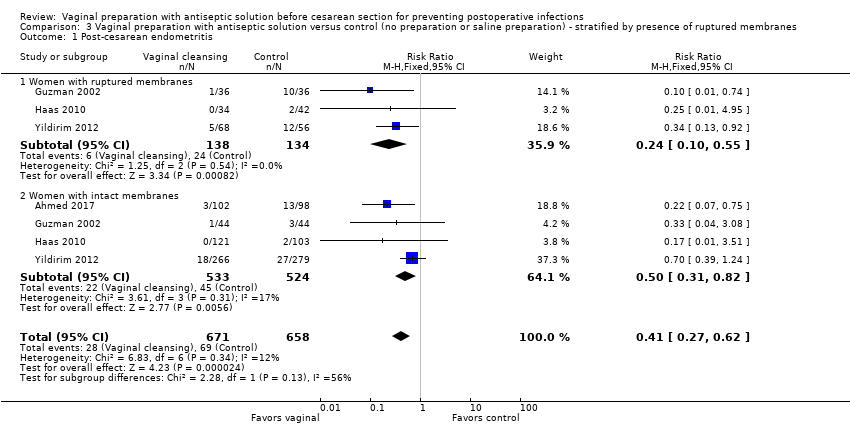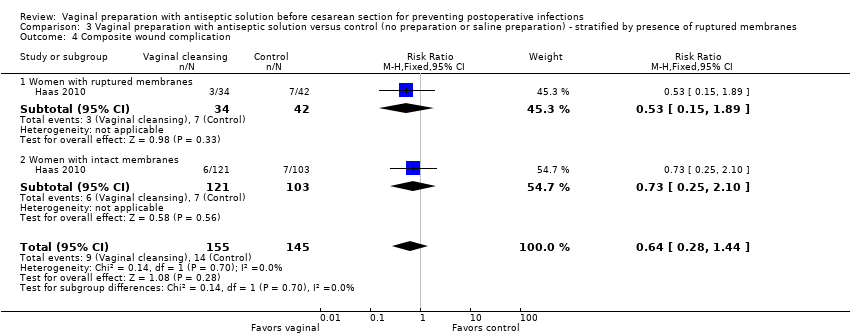Contenido relacionado
Revisiones y protocolos relacionados
David M Haas, Sarah Morgan, Karenrose Contreras, Savannah Kimball | 26 abril 2020
Diah R Hadiati, Mohammad Hakimi, Detty S Nurdiati, Yuko Masuzawa, Katharina da Silva Lopes, Erika Ota | 25 junio 2020
Ashraf F Nabhan, Nahed E Allam, Mohamed Hamed Abdel‐Aziz Salama | 17 junio 2016
Pisake Lumbiganon, Jadsada Thinkhamrop, Bandit Thinkhamrop, Jorge E Tolosa | 14 septiembre 2014
A. Dhanya Mackeen, Roger E Packard, Erika Ota, Vincenzo Berghella, Jason K Baxter | 5 diciembre 2014
Fiona M Smaill, Rosalie M Grivell | 28 octubre 2014
Arne Ohlsson, Vibhuti S Shah, Brenda C Stade | 14 diciembre 2014
Mercedes Bonet, Erika Ota, Chioma E Chibueze, Olufemi T Oladapo | 13 noviembre 2017
G Justus Hofmeyr, Fiona M Smaill | 20 enero 2010
Jo C Dumville, Emma McFarlane, Peggy Edwards, Allyson Lipp, Alexandra Holmes, Zhenmi Liu | 21 abril 2015
Respuestas clínicas Cochrane
Carlos Fernando Grillo‐Ardila | 23 septiembre 2019



















